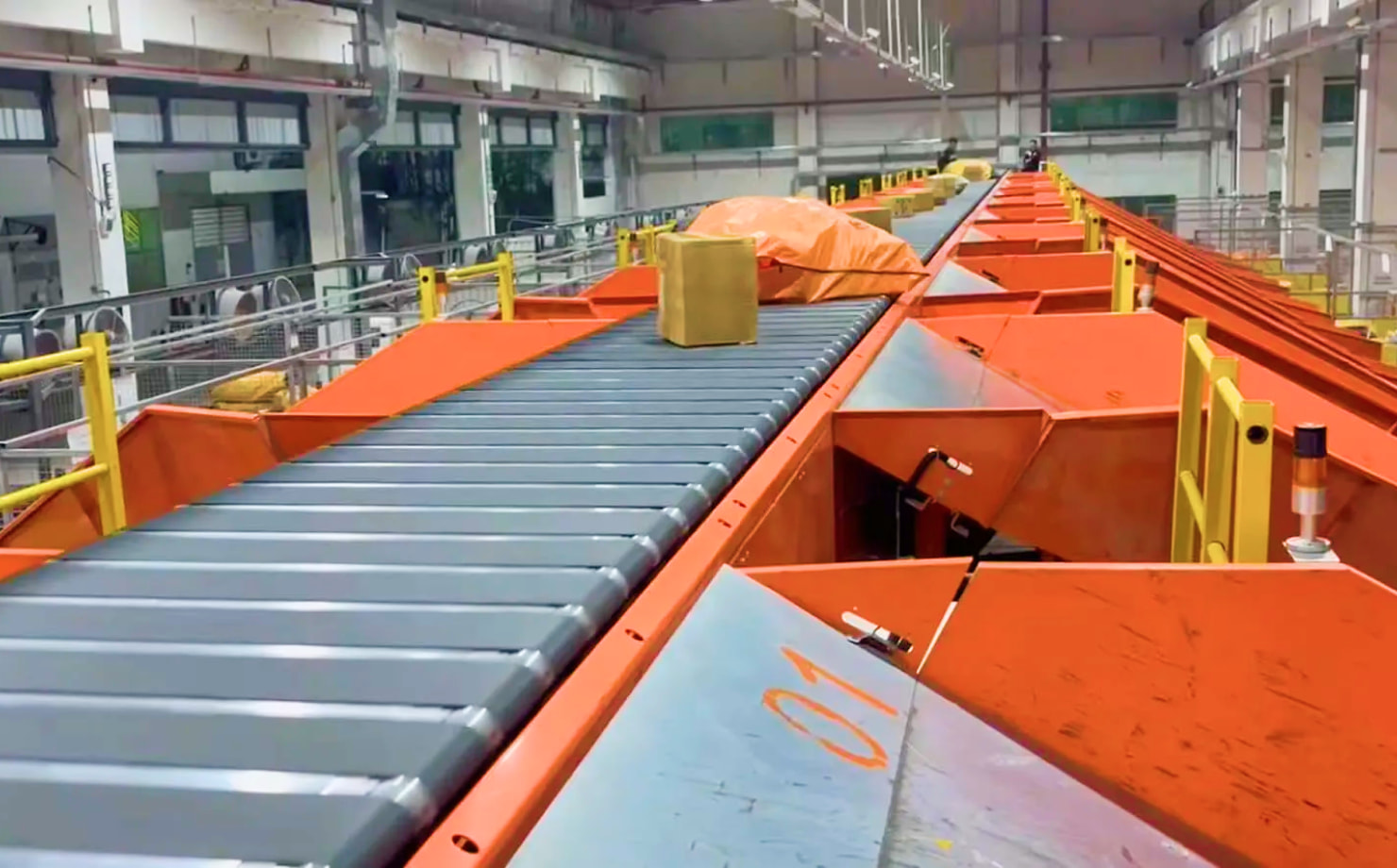To expand your news reach, consider advertising with our media partner, Patch Media, at https://heypapipromotionsmedia.town.news/. Patch is a nationwide news network comprising over 1,000 hyperlocal websites dedicated to community news across the United States. For press release distribution services, please call or visit https://heypapipromotions.com/advertise.
When it comes to woodworking, achieving clean, accurate cuts is crucial for a professional finish. Whether you're working with hardwood, laminate, bamboo, or butcher block, choosing the right tool and technique can make all the difference. In this article, we’ll cover a variety of cutting tasks, including crosscutting with a table saw, cutting butcher block, the best tools to cut bamboo, how to cut laminate flooring with a circular saw, and selecting the right miter saw for cutting 6x6 lumber.
1. Crosscutting with a Table Saw: The Basics
Crosscutting is one of the most common cuts in woodworking, particularly when you're looking to shorten or trim pieces of wood. This type of cut is perpendicular to the wood’s grain. A table saw is often the go-to tool for making crosscuts because it provides precision and stability.
To crosscut with a table saw, first set the fence to the desired width of the cut. It’s essential to choose a blade designed for crosscutting, as they have a higher tooth count and a design that minimizes splintering. Before you start, ensure that your table saw is properly calibrated, and use a push stick to keep your hands safely away from the blade.
2. Can You Cut Butcher Block with a Table Saw?
A butcher block countertop or surface is a heavy-duty, durable work surface commonly made from hardwoods like maple, oak, or walnut. Many homeowners and woodworkers wonder, can you cut butcher block with a table saw? The answer is yes, but there are a few tips to keep in mind for a clean, smooth cut.
Butcher block is thick and dense, so you’ll want to use a saw blade with fewer teeth, such as a rip blade, which allows for smoother cuts in thick wood. If you are crosscutting butcher block, use a crosscut blade for optimal results. Additionally, consider using a clamp to secure the block to the saw table before cutting to prevent any movement during the process.
If you’re unsure about cutting butcher block yourself, you can always hire a professional to ensure a precise cut, but with the right technique, it’s a manageable task.
3. The Best Tool to Cut Bamboo
Bamboo is an eco-friendly, versatile material used for everything from flooring to furniture. However, its density and unique structure can present challenges when cutting. When selecting the best tool to cut bamboo, you have a few options.
- Circular Saw: The circular saw is a popular choice for cutting bamboo because it offers versatility and ease of use. For clean cuts, use a blade designed for fine wood or laminate. Bamboo is tough, so make sure to move slowly and steadily to prevent splintering.
- Miter Saw: A miter saw can also be effective for cutting bamboo at an angle. Choose a fine-toothed blade, and always wear safety goggles and a dust mask since cutting bamboo can create a lot of dust.
- Jigsaw: If you need to cut curved shapes in bamboo, a jigsaw with a fine-toothed blade is ideal. It’s important to secure the bamboo piece to prevent shifting during cutting.
While a circular saw or miter saw will do the job, using the right blade and technique is key to achieving smooth, professional results when cutting bamboo.
4. How to Cut Laminate Flooring with a Circular Saw
Laminate flooring is a popular and cost-effective alternative to hardwood, but cutting it requires precision to avoid chipping or damage to the surface. If you're wondering how to cut laminate flooring with a circular saw, here are some steps to follow:
- Blade Selection: The first step is to choose the right blade. A fine-toothed blade is best for cutting laminate flooring, as it minimizes chipping. If you don’t have a laminate blade, a plywood or carbide-tipped blade will work as well.
- Cutting Method: To avoid damaging the laminate surface, position the laminate with the decorative side facing down. This way, if any chipping occurs, it will be on the underside. Use a clamp to secure the flooring in place and ensure a straight cut. If needed, you can use painter's tape along the cut line to help reduce splintering.
- Cutting Technique: Always measure twice before cutting. For straight cuts, align the circular saw along the marked line. Keep a steady hand, and let the saw do the work to avoid splinters.
While a circular saw is a great option for cutting laminate flooring, you should also consider using a jigsaw for more intricate cuts or when trimming around obstacles like doorways or pipes.
5. What Size Miter Saw to Cut 6x6 Lumber
When it comes to cutting large pieces of wood, like 6x6 lumber, using the right tool is essential to make an accurate and clean cut. If you plan to use a miter saw, the question arises, what size miter saw to cut 6x6?
To handle the thickness of a 6x6 lumber, you will need a 12-inch miter saw. This size saw provides enough cutting capacity to cut through thicker materials like 6x6s without straining the motor or leaving rough edges. While smaller saws, like 8- or 10-inch models, are great for smaller cuts, they may not be able to fully cut through 6x6 lumber in one pass.
When cutting 6x6 lumber, always make sure to secure the piece of wood with clamps to prevent movement. Additionally, for the best cut, use a carbide-tipped blade with a higher tooth count, which will give you smoother, cleaner cuts.
6. Tips and Safety Considerations for Cutting Various Materials
Regardless of the material or tool you're using, it’s important to prioritize safety during any cutting task. Always wear appropriate safety gear, such as eye protection, hearing protection, and a dust mask, especially when cutting materials like bamboo, laminate, or butcher block that generate significant dust.
- Always make sure your tools are sharp and in good working condition to ensure clean cuts and reduce the risk of accidents.
- Measure twice, cut once: Ensure that your measurements are accurate before making any cuts to avoid wasting material.
- If you're unsure about your skills or tool selection, seek professional advice or hire an expert to complete the job.
Conclusion
Whether you're crosscutting with a table saw, cutting butcher block, bamboo, laminate flooring, or 6x6 lumber, choosing the right tool and blade for the job will ensure you get the cleanest cuts and the best results. Understanding the specific techniques for each material will help you complete your woodworking projects with ease and precision.
By following the right techniques and safety precautions, you can take on a wide variety of cutting tasks with confidence. Whether you’re an experienced woodworker or just getting started, these tips will help you tackle your next project with the right tools and knowledge.









